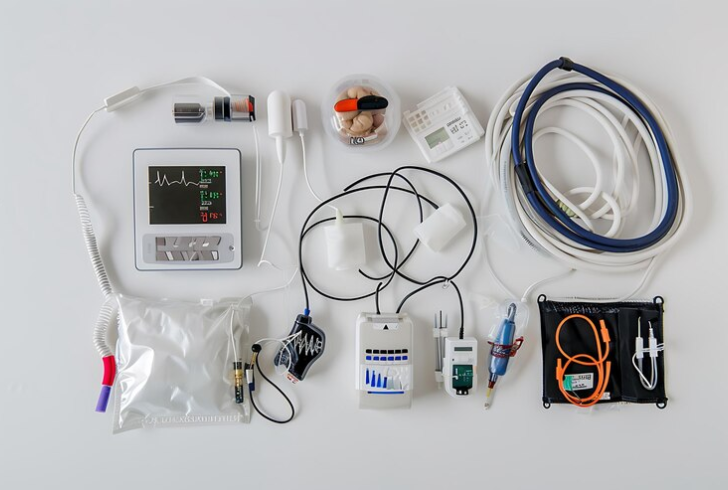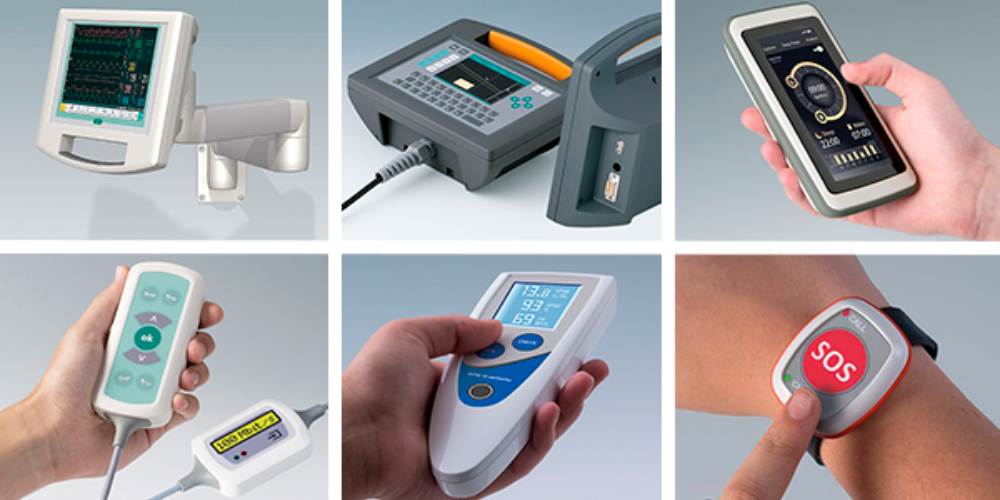In the world of technology, the materials used to create devices play a vital role in shaping their functionality and performance. Traditionally, electronic materials have been rigid, often containing toxic metals, which limits their potential for integration with the human body or use in flexible, wearable devices. However, a breakthrough material known as electric plastic is poised to change this landscape.
This new material, developed by combining peptides (short chains of amino acids) with a polymer plastic, has the ability to store energy, record information, and even integrate with biological systems, offering incredible possibilities for the next generation of implants and wearable technologies.
What is Electric Plastic?
Electric plastic refers to a novel material that combines the flexibility of polymers with the electrical properties of peptides. When these peptides are combined with a specific polymer plastic known as polyvinylidene fluoride (PVDF), they form flexible molecular ribbons that can store and transfer energy or data.
This self-assembling material opens up new avenues for creating devices that are not only more efficient but also compatible with the human body, making them ideal candidates for implants, wearable devices, and more.
Advantages of Electric Plastic

Freepik | nattysiri | Rigid and environmentally harmful, traditional electronics limit innovation. Electric plastic breaks these barriers.
One of the major limitations of traditional electronic materials, such as those used in wearables or medical devices, is their rigidity and tendency to be harmful to the environment. With electric plastic, however, these issues are addressed.
Here are some key benefits of this groundbreaking material:
1. Flexibility - Unlike most electronic materials, electric plastic is highly flexible, making it suitable for wearables that conform to the body or implants that integrate seamlessly with tissues.
2. Biocompatibility - Since the material is biocompatible, it can be safely used within the body, opening doors for new medical treatments and advancements in healthcare technology.
3. Energy Efficiency - The material requires significantly less voltage to operate compared to traditional ferroelectric materials. This efficiency makes it ideal for low-power applications.
4. Thermal Stability - Electric plastic remains stable at much higher temperatures than its counterparts, maintaining its ferroelectric properties even at temperatures up to 110°C (about 40°C higher than other PVDF-based materials).
How Electric Plastic Works
The magic behind electric plastic lies in its ability to self-assemble. When peptides are combined with polyvinylidene fluoride (PVDF), they spontaneously form long, flexible ribbons. These ribbons, in turn, align and bundle together to create a highly electro-active material. This self-assembly process is triggered simply by adding water, making the material both efficient and easy to produce.
Once formed, the ribbons can store energy and information by electrically switching their polarity. The unique feature of this material is that it can record signals from the brain, heart, or other organs by connecting peptides to proteins on neurons or cells. This property opens the door to new applications, such as real-time neural interfaces or non-invasive methods to stimulate the body’s cells.
Potential Applications of Electric Plastic
The potential applications of electric plastic are vast, particularly in the fields of wearable technology, medical devices, and brain-machine interfaces. Here’s a closer look at some of the exciting possibilities:
Wearable Health Devices

Freepik | akophotography | Electric plastic may transform wearable medical devices.
Imagine wearing a wristband or clothing embedded with electric plastic that not only tracks your steps but also monitors vital signs such as heart rate and body temperature. Such wearables could be self-powered and require minimal maintenance, making them a game-changer in personal health management.
Implants and Prosthetics
With its flexibility and biocompatibility, electric plastic could be used in soft implants that wirelessly communicate with external devices. For example, flexible pacemakers or heart implants could provide better comfort and performance compared to current, bulky alternatives.
Neural Interfaces
Electric plastic can potentially be used to create devices that connect directly to the brain, offering new treatments for neurological conditions like paralysis. By using low-power ultrasound techniques, this material could stimulate neurons and help with nerve regeneration.
Challenges to Overcome
While the potential of electric plastic is immense, there are still challenges to overcome before it can be widely adopted. For example, scaling up the production of these self-assembling molecules and ensuring that they can be applied to devices without losing their properties will require further research and development.
Additionally, although the material is biocompatible, some environmental concerns exist. PVDF and similar fluorinated compounds can persist in the environment for long periods, raising concerns about their long-term impact. Researchers will need to address these issues to ensure that the material is safe for both human use and the planet.
A Future with Electric Plastic
The development of electric plastic marks a significant step forward in the quest for materials that are not only functional but also flexible and compatible with the human body. With its potential to revolutionize wearable technology, medical implants, and neural interfaces, electric plastic could play a central role in the future of healthcare and personal technology.
As research continues and new innovations emerge, it’s clear that electric plastic is paving the way for a future where technology is not just worn but integrated into our very bodies, opening up new possibilities for improving health, enhancing communication, and creating a more connected world.

